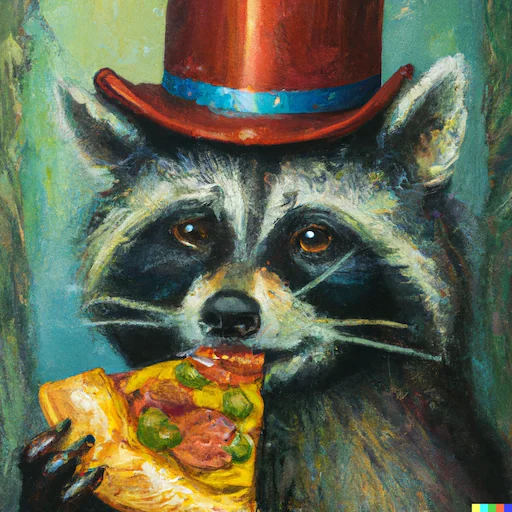

DALL•E 2 generation (April 2022)
Hello, visitor! 👋
I am a lead research scientist at Ai2 in the Olmo team. Prior to joining Ai2, I was a senior applied scientist at Amazon Alexa. I completed my Ph.D. in computer science at Georgetown University in 2018 in the Information Retrieval Lab working with Nazli Goharian.
When not in front of a screen, I enjoy brewing espresso, going on runs, dreaming about utopian mass transit systems, curating my ever-growing laptop stickers collection, and hanging out with my handsome cat. Raccoons are the best.
Research Interests
These days, my research focuses on maximizing transparency in all aspects of how large language models (LLMs) are created, trained, and evaluated.
- 🏎️ I co-lead the data team for Olmo, Ai2’s language model project with Kyle Lo. Olmo is a state-of-the-art, fully-open model designed to accelerate the science of LLMs. In the last 3 years, we released dense and mixture-of-experts variants, alongside the data, code, recipes, and checkpoints we used to build them. Our latest is Olmo 3: we release instruct and thinking 7B/32B models that are about competitive with Qwen 3.
- ⚙️ With my colleagues at Ai2, I develop recipes for adaptation of language models. In 2024, we launched Tulu 3, a state-of-the-art pipeline to post-train language models up to 405B parameters. I worked on Molmo, a family of open multimodal AI models that are as good as closed-source VLMs. We recently released DR Tulu, a fully-open recipe for building deep research systems; better than Gemini 3 Pro and GPT-5!
- 🧰 I collaborated on several toolkits for pretraining data curation. olmOCR is a high-performance model for PDF text extraction; version 2 is even better thanks to RL on verifiable unit tests! WebOrganizer can partition large-scale web data by topic and format.
Hop over to the publications page for a complete list of my work.